
Spitsbergen
Spitsbergen. What, why, and how.
Spitsbergen. Voyage. Longyear
Spitsbergen. Ymerbukta
Spitsbergen. Esmarkbreen
Spitsbergen. Nansenbreen. Borebreen
Spitsbergen. Whiteout
Spitsbergen. Borebreen. Vintervegen
Spitsbergen. Klampebreen. Osbornebreen
Towards morning the wind didn’t stop, but at least it didn’t try to rip the tent anymore. Sun with clouds, -8C.

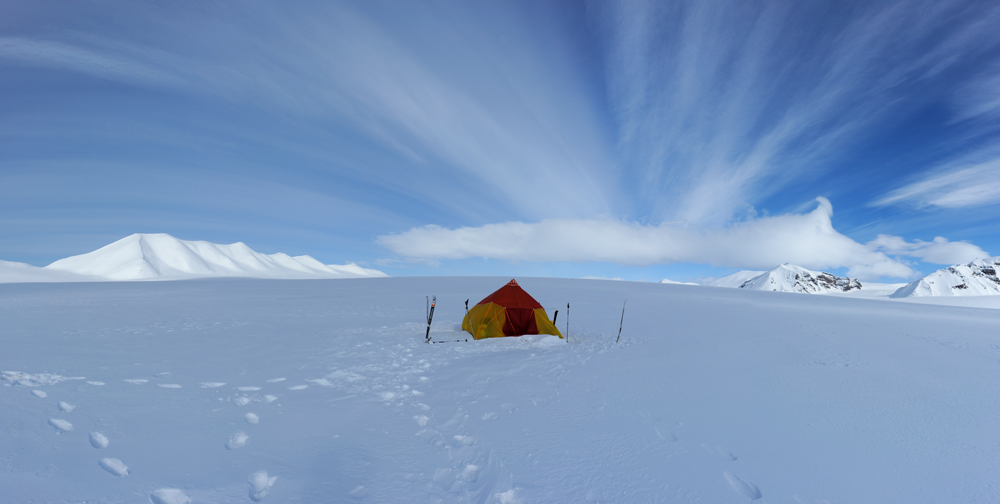

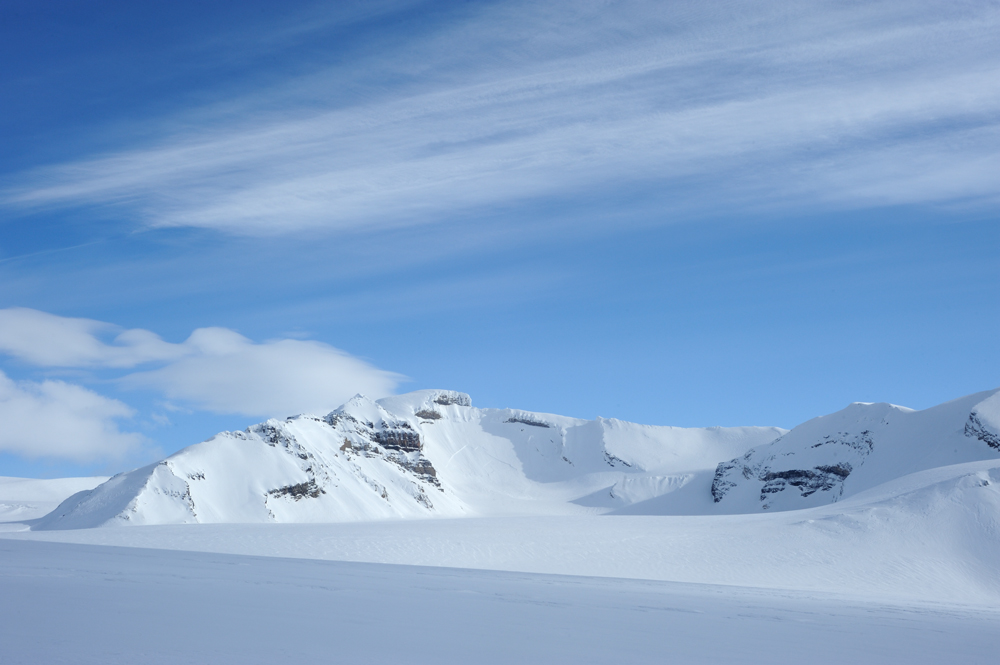
We dug out our stuff from the snow pile, packed it and continued our movement up to the glacier.
As soon as we started to move, the wind stopped. Completely. And surprisingly becomes clear that spring’s sun, even polar one, not only shines but also sometimes warms. Despite -8C and almost complete undressing, after 30 minutes of carrying our weight, we were completely wet.
However, calm air was only short fluctuation, and wind resumed with new energy pretty quickly. And I immediately froze completely despite quick full dressing up.
We ascended to the top of Osbornebreen, its connection with Sidevegen.

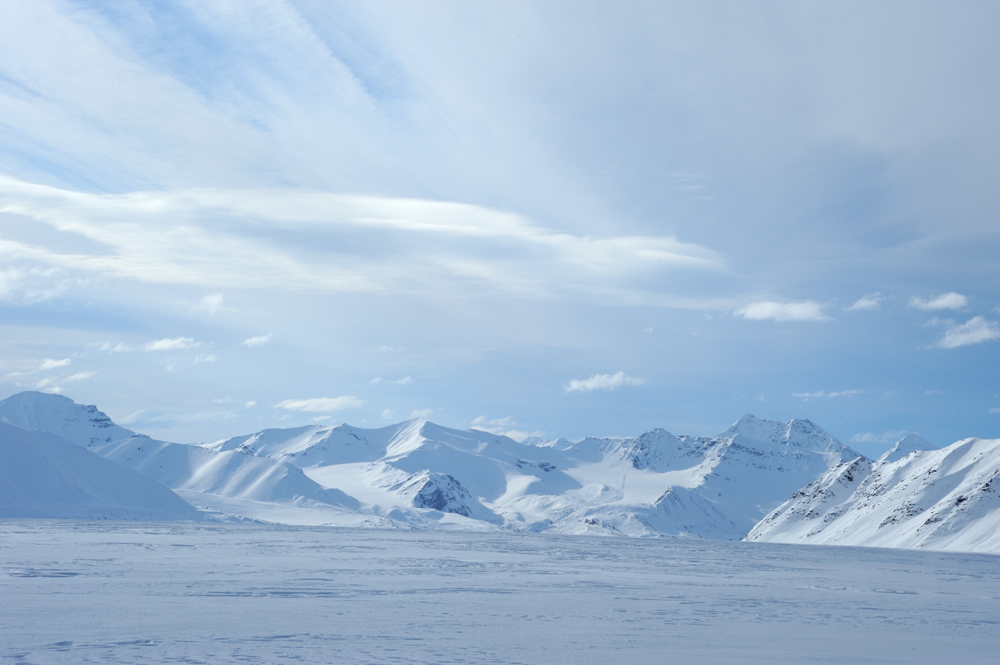
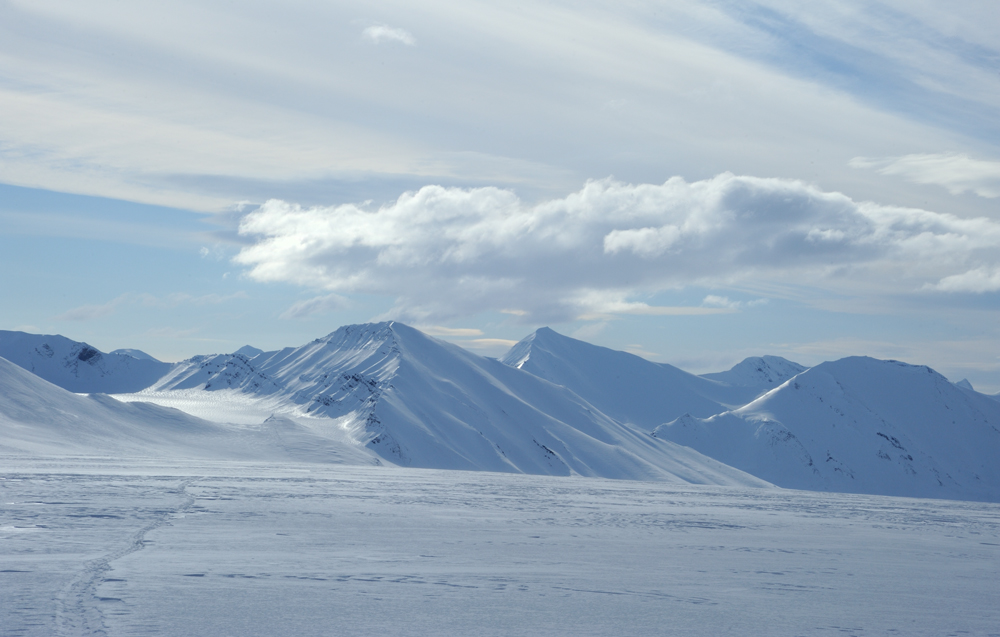
We didn’t plan to go down to Sidevegen, we intended to do the pass between Gjersdtadfjelted and Vasskilrabanne ridges and descent to Kongsvegen glacier. So we did.
Map. Crosses mark the camp places and the pass.
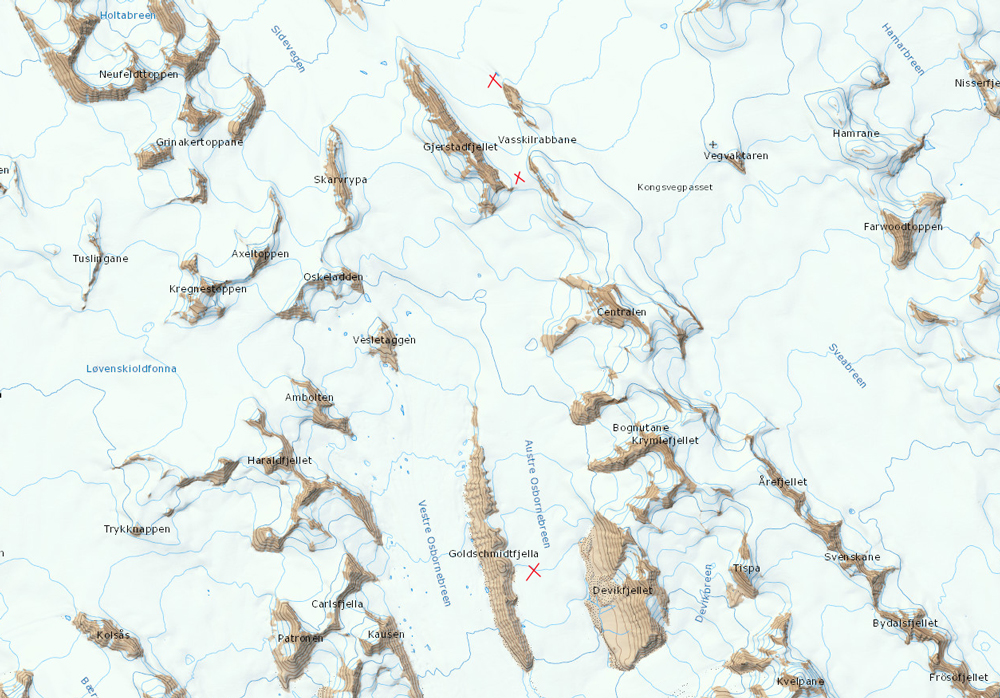
On the top of Osbornebreen.
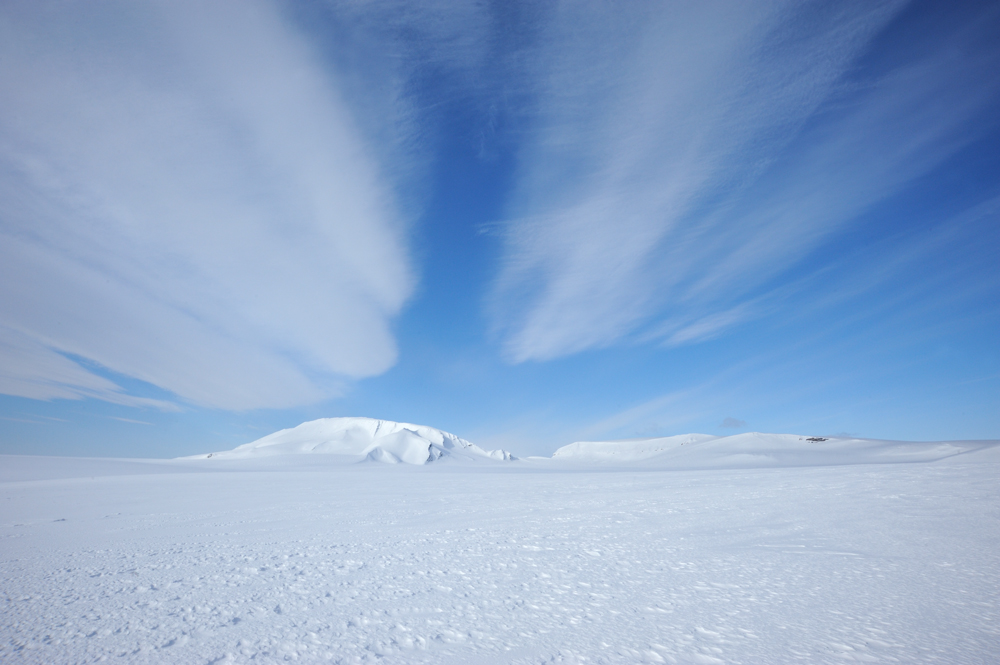
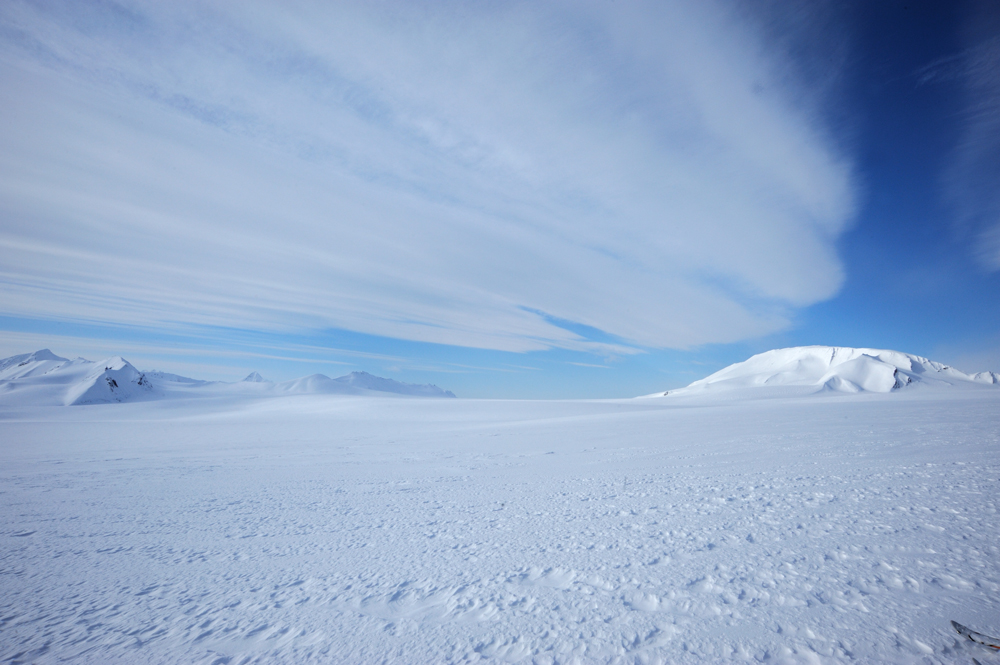


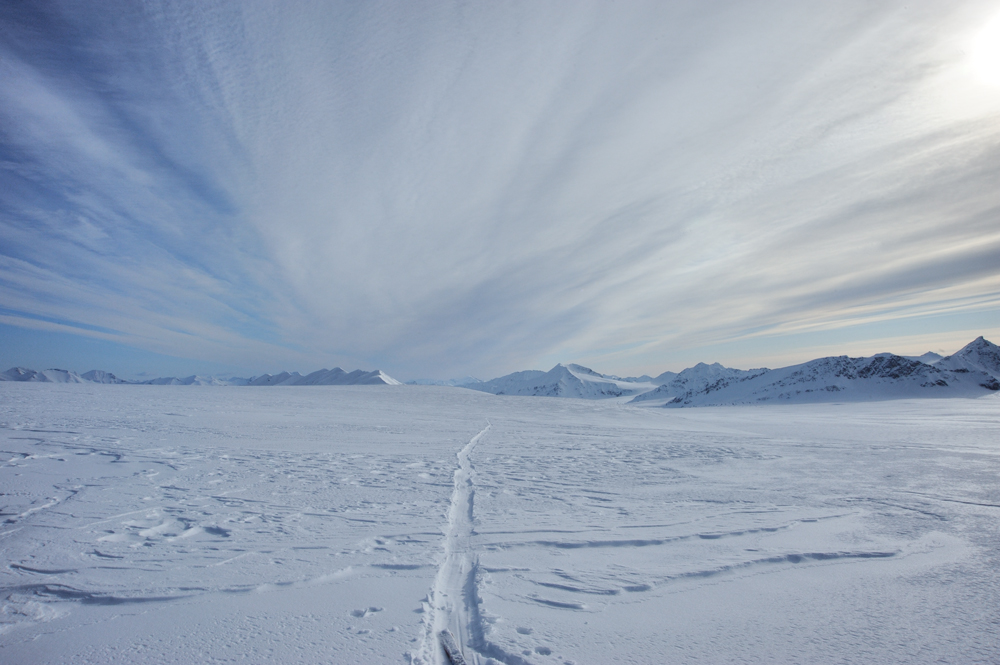
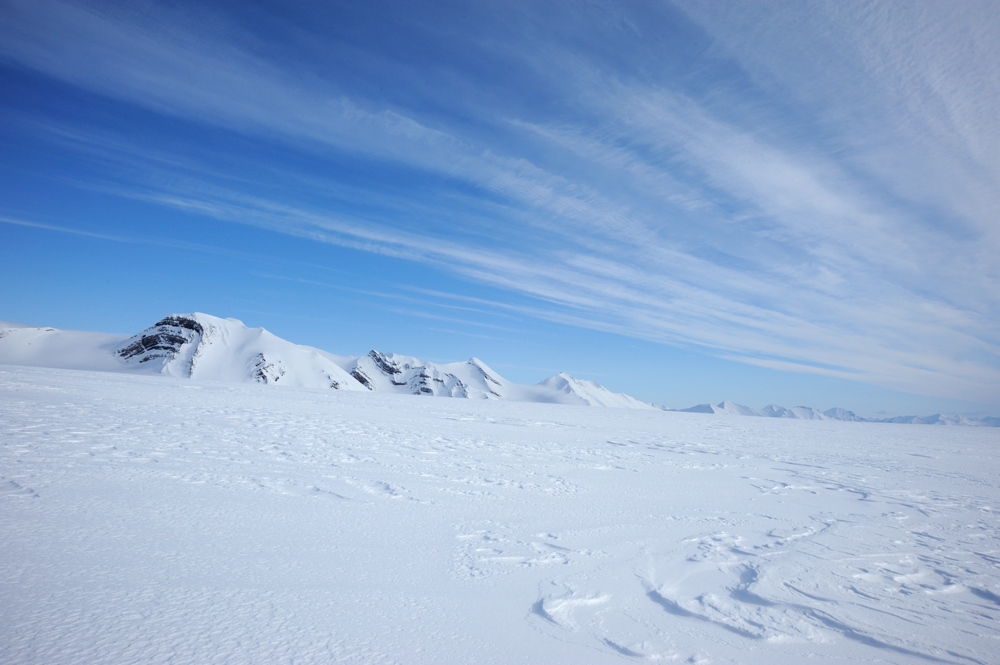
On top of the pass, the wind was already so strong that we went down without stop.
The pass
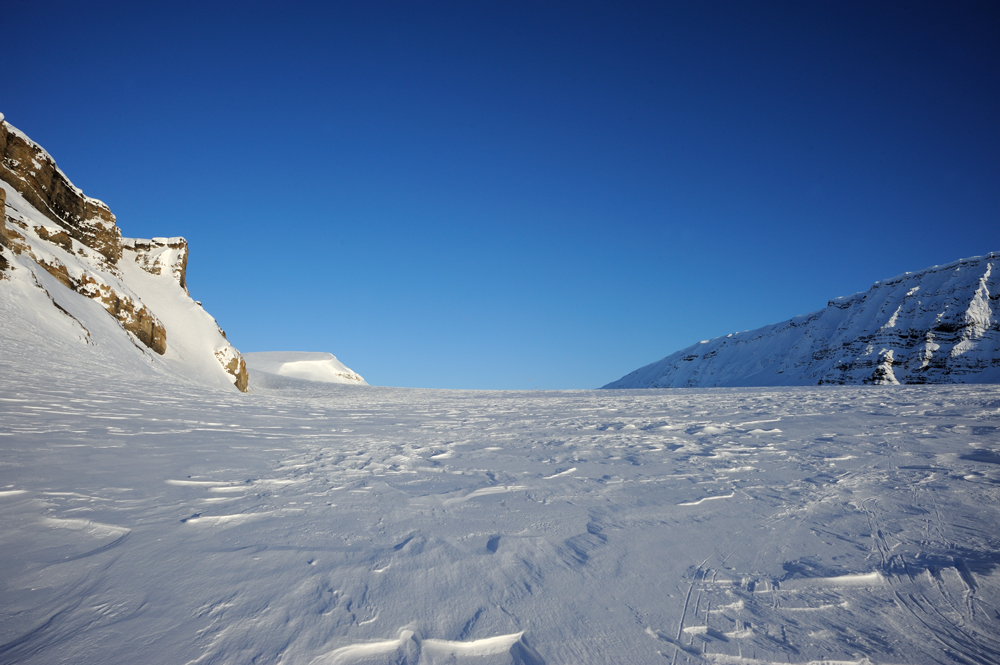
On the bottom of the pass, we set the tent near the huge rock.

View to the pass.
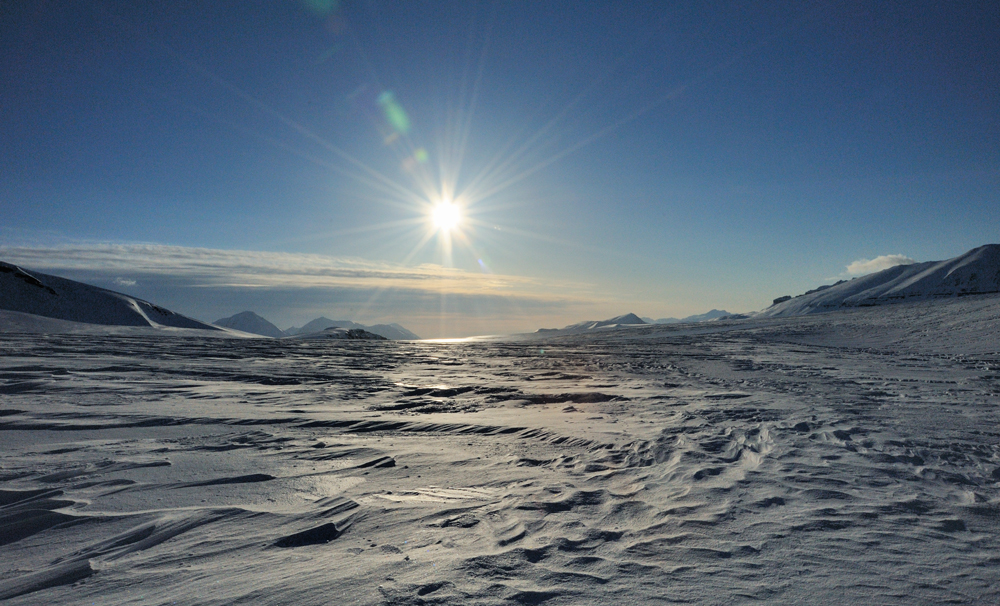
The rock, under which bottom we set our tent, became the future rookery. It is about 15 km to the sea, but looks like good rocks are not so common, so 15 km doesn’t consider as a too-long distance. At the time of our appearance, the first couple of the birds already came to their nest place. It was below zero outside, really cold, but they were already ready for reproduction. it was spring for them. May, anyway. They claimed the best place and softly purred with each other.
I should say that after more than two weeks without live sound’s presence (only sound of the wind around) it was a pleasure to hear the birds voices. While we stayed under the rock several other couples of birds joined the first one, and lovely purrs were diluted with the sounds of variance. Too close vicinity can corrupt not only human relations.
Despite spring gladnesses, troubles caught us. The wind robbed the part of our belongings – the bag with half of sleeping pads, downy boots and waterproof over-boots. The night has shown that only one sleeping pad doesn’t protect enough from cold of the snow. The absence of boots other than ski boots also didn’t help.
May 4th we spent in a short day’s rest drying our wet and frozen belongings.
On May 5th we planned to move to Three Crowns, the three close mountains named after Denmark, Sweden and Norway.
For this, we should cross Kongsvegen glacier and ski to Infantfonna glacier though Dronningpasset or neighbour pass.
Map. Crosses mark our camp under the rock, our camp on Infantfonna and alternative pass. Three Crowns are encircled.

We started the morning with Kongsvegen crossing. The glacier is huge – 5-6 km wide and impossibly long.
Our rock.
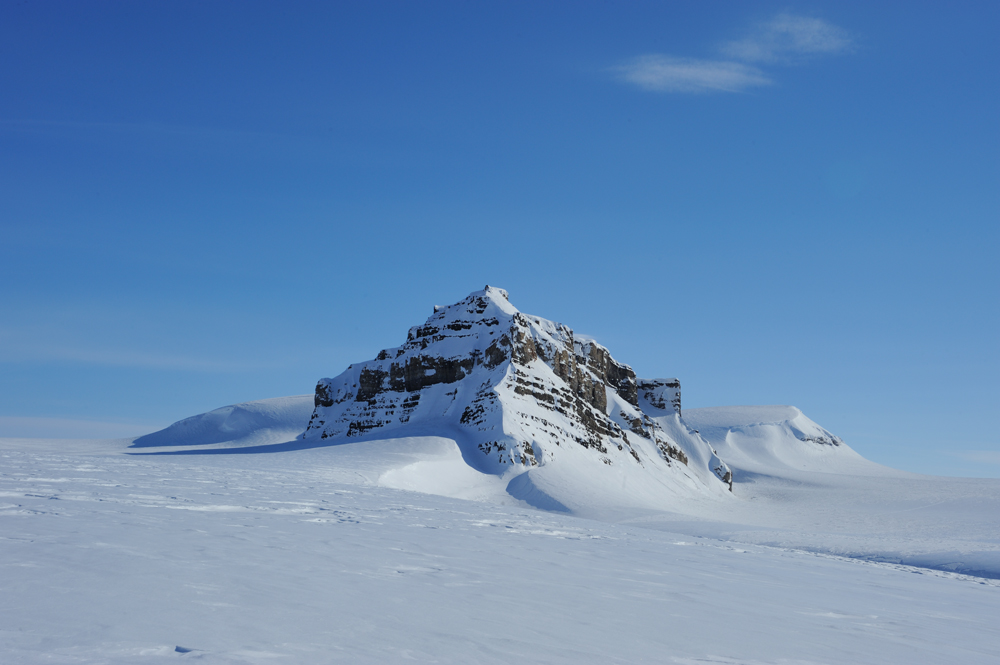
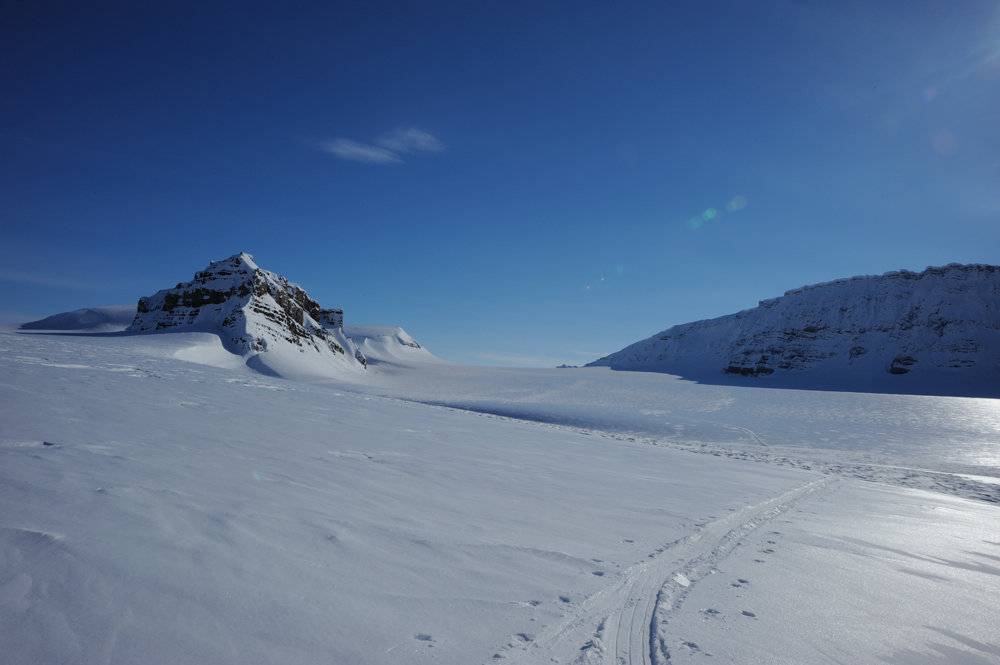
Another side of Kongsvegen.
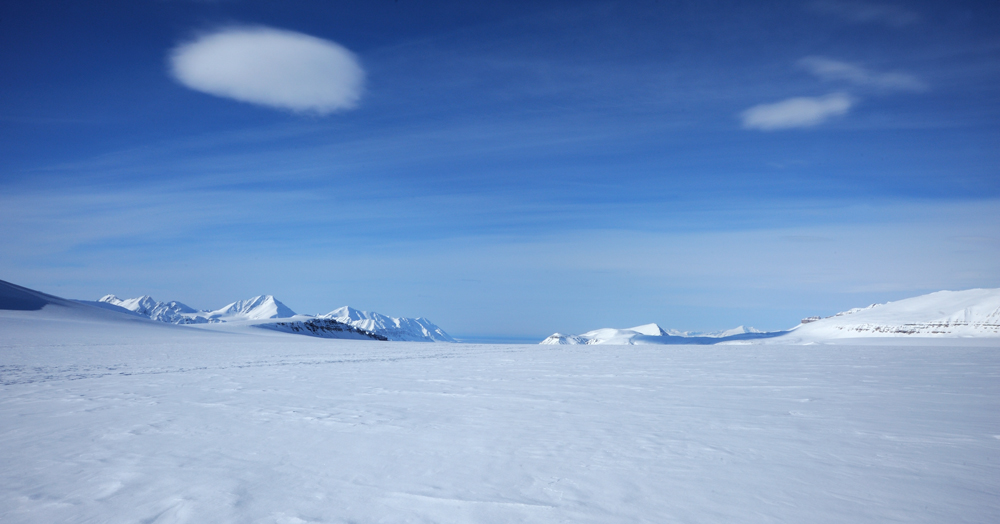
There is a snowmobile traces along the glacier from Ny-Alesund to some scientific stations, but nobody around.
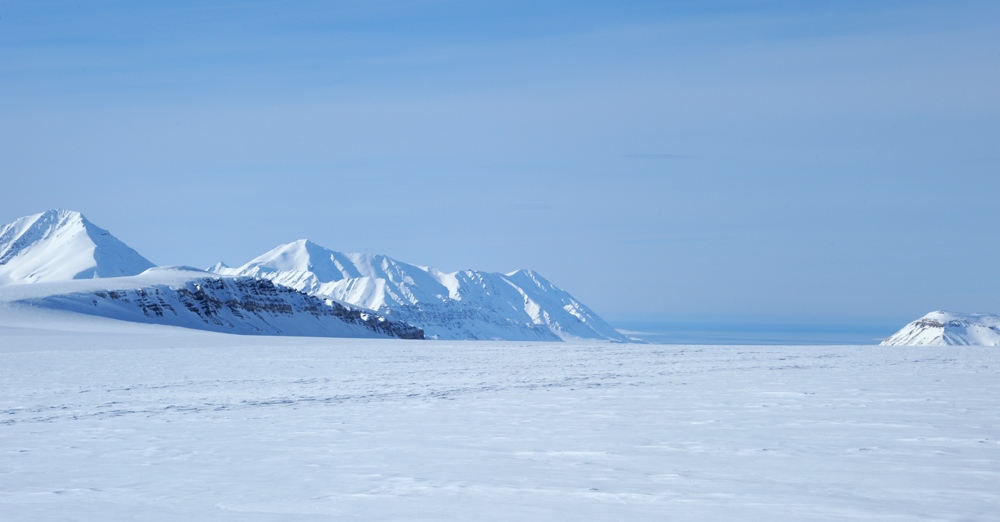
Passes to Infantfonna
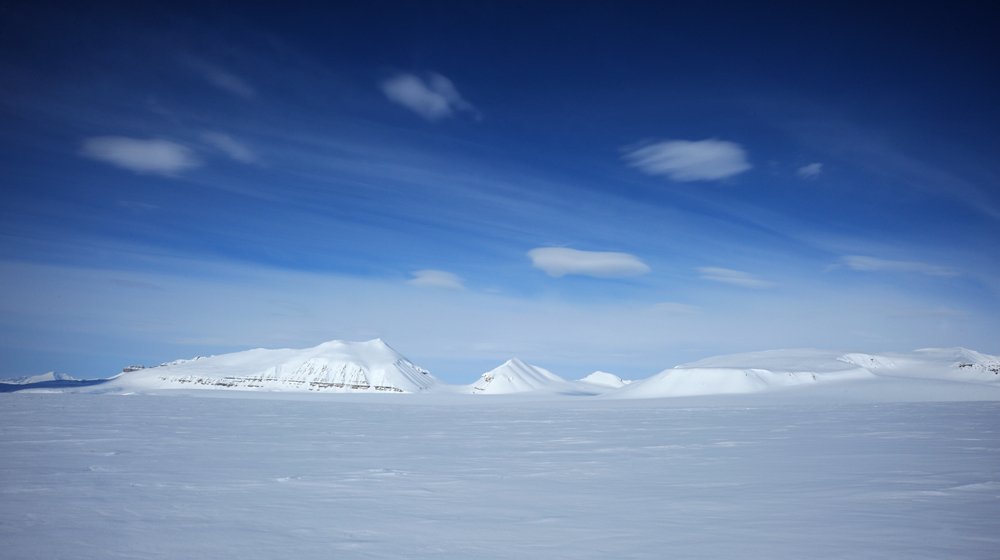
Dronningpasset is on the right side, and snowmobile traces go this way. The other pass is steeper, and it could save us several kilometres.
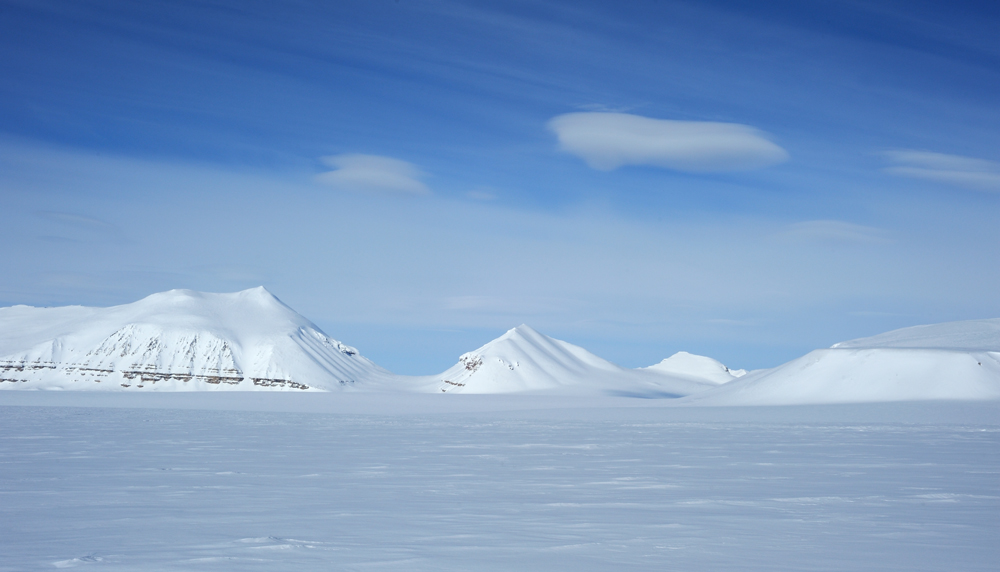
We though to try the left pass, but by moving along snowmobile traces automatically made Dronningpasset. The future showed that was the right choice.

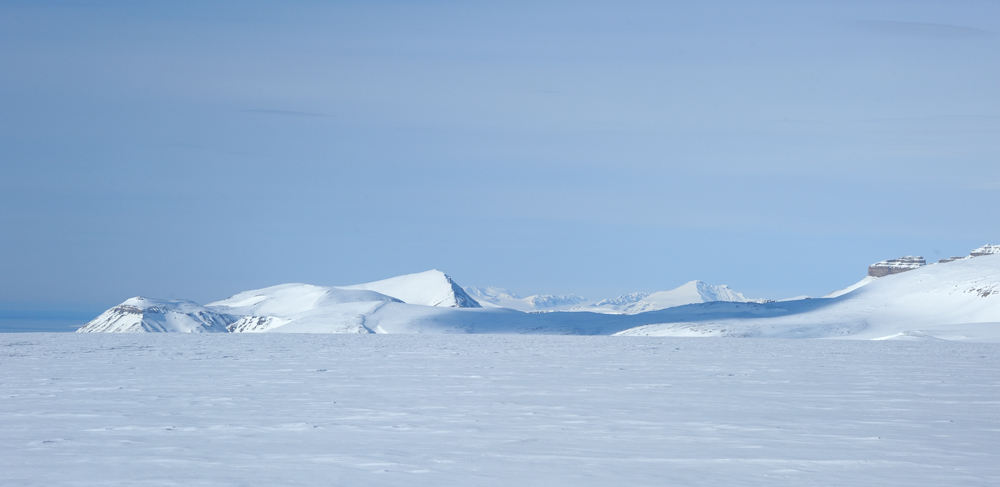
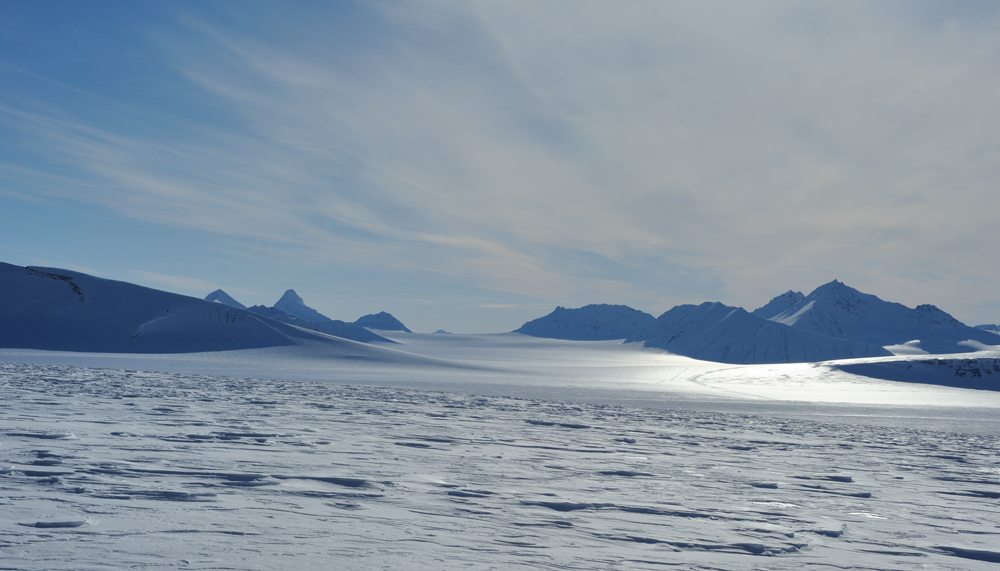


When we turned to Infantfonna the weather again became unpleasant – wind increased, the temperature dropped down and visibility disappeared. We could see the only bottom of the Three Crowns. The snow started. We skied to the ascent to Fatumbreen glacier and set the camp in a complete whiteout.
Movie:
To be continued …